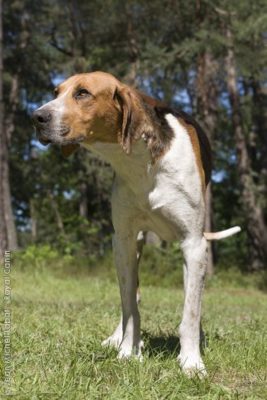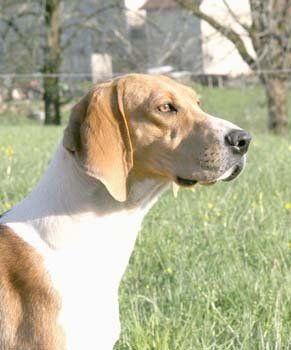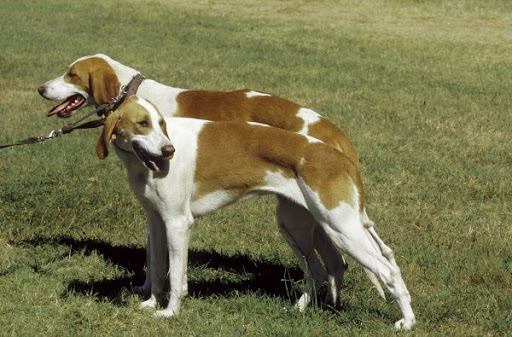Grand Anglo-Français Blanc et Orange
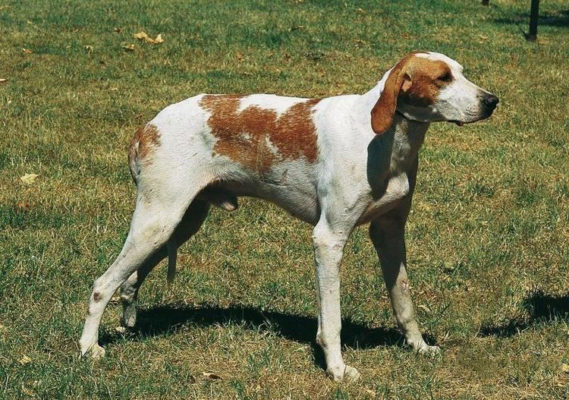
This breed is not usually recommended to families looking for a pet. They are natural-born hunters and feel good about being outside and sniffing around for anything. Grand Anglo-Français Blanc et Orange dogs are very obedient, listen carefully to their owner, and are amenable to training.
Table of Contents
Breed Information
| Another Name | Great Anglo-French White and Orange Hound |
| Origin | France |
| Height | Males 61-66 cm Females 56-61 cm |
| Weight | Males 29-34 kg Females 25-29 kg |
| Fur | Tight double, rigid |
| Color | White-Red |
| Lifespan | 10-13 years |
| FCI Classification | Scent hounds and related breeds |
| Group | Dogs for hunting, dogs for protection |
| Price | From $800 |
Breed Photos
Origin History
The Grand Anglo-Français Blanc et Orange is one of the three Grand Anglo-Français breeds and is considered the rarest of them. This breed is the result of crossing French hounds with English Foxhounds in the early 19th century.
The term “large” refers not to the dog’s size or the game they hunt but to the size of the pack they live in. Groups can be huge; they can fit more than a hundred dogs. Other Grand Anglo-Français breeds differ only in the color of their coat. They are best known for their ability to hunt deer and wild boar but are equally adept at hunting small animals such as rabbits and foxes.
Grand Anglo-Français Blanc et Orange hounds are very rare and are mostly found only in their native France. Some sources claim that there are several members of the breed in America today. The UKC has recognized them since 2006 as part of their hound group. The Grand Anglo-Français Blanc et Orange is kept exclusively as a service dog and not a pet or show dog.
Appearance
This dog is muscular and well-proportioned. Their head shape is rather flat, and their square muzzle is not too long. Their prominent nose with large nostrils can be black or orange-brown. Their dark eyes are deep-set and rather wide. Their floppy ears are drooping toward the muzzle and tilted inward. The chest is deep, the limbs thin, and the feet round. The tail is characteristic of this breed – long and thin.
The short coat can be white-orange or white-lemon. The coat’s color distinguishes the Grand Anglo-Français Blanc et Oranges from the other two breeds. Tall and slender, these dogs reach a height of 60 to 70 cm and weigh 30 to 36 kg.
Character
This breed is not usually recommended to families looking for a pet. They are natural-born hunters and feel good about being outside and sniffing around for anything. Grand Anglo-Français Blanc et Orange dogs are very obedient, listen carefully to their owner, and are amenable to training.
When interacting with people, this dog shows respect and tolerance. Oddly enough, they can be trusted with children, although they are rarely eager to play or fool around. This breed is very used to other dogs’ presence and is happy to accept them into their lives. Due to this breed’s rarity and the fact that they are hardly ever kept as pets, there is not much information about their personality traits.
Care
The hair of this dog does not require any special care. It is enough to comb the dog once a week with a special brush. Also, regularly check the ears and teeth, make sure they are hygienic.
Training
Since most Grand Anglo-Français Blanc et Oranges are purchased to use them as hunting animals, owners’ priority is their natural hunting ability. This breed has a strong hunting instinct and naturally knows how to perform at a high level.
Tend to be stubborn. A confident and dominant trainer will be the best option for this breed. A reasonably intelligent Grand Anglo-Français Blanc et Orange responds well to positive training with reinforcement.
Common Diseases
There is not much information about the health of the Grand Anglo-Français Blanc et Orange dog. They generally do not suffer from serious illnesses. Here are a few problems that may bother them:
- ear infections;
- hip dysplasia;
- bloating.
Nutrition
To keep your dog happy and healthy, feed him quality dry food and live an active life together. Four to five cups of high-quality dry food a day, divided into two meals, will suffice.
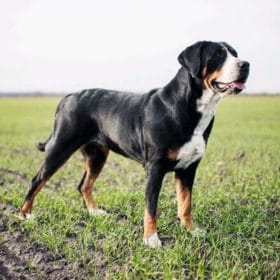 Greater Swiss Mountain Dog
Greater Swiss Mountain Dog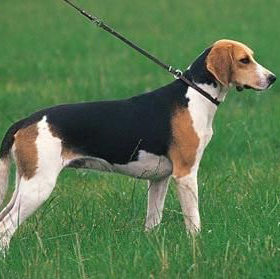 Anglo-Français de Petite Vénerie
Anglo-Français de Petite Vénerie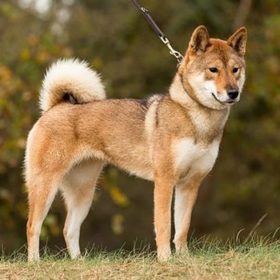 Shikoku
Shikoku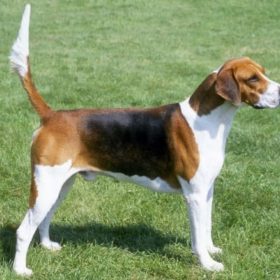 English Foxhound
English Foxhound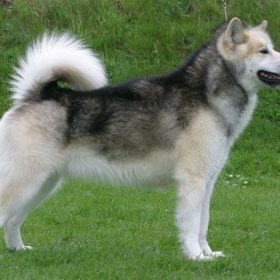 Greenland Dog
Greenland Dog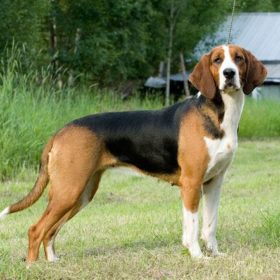 Finnish Hound
Finnish Hound